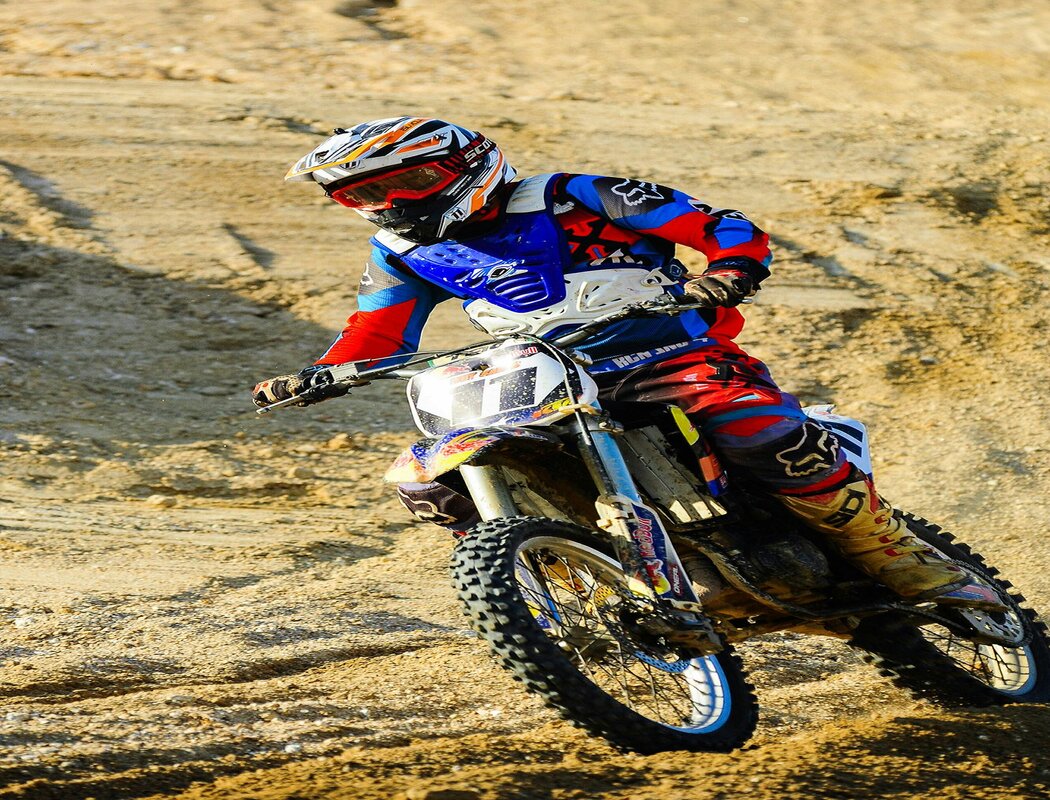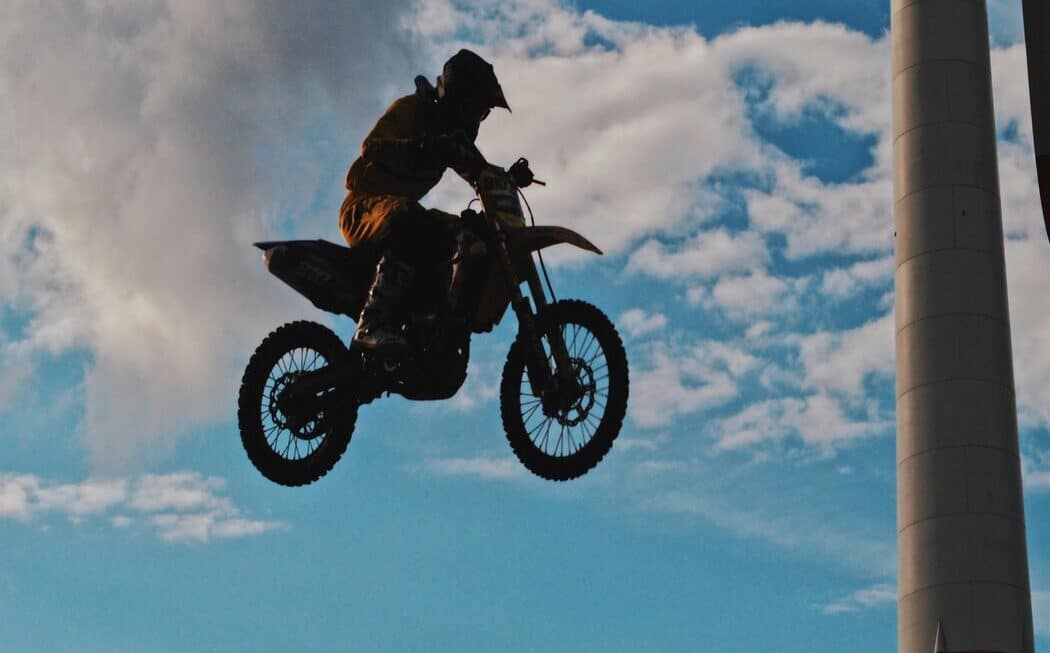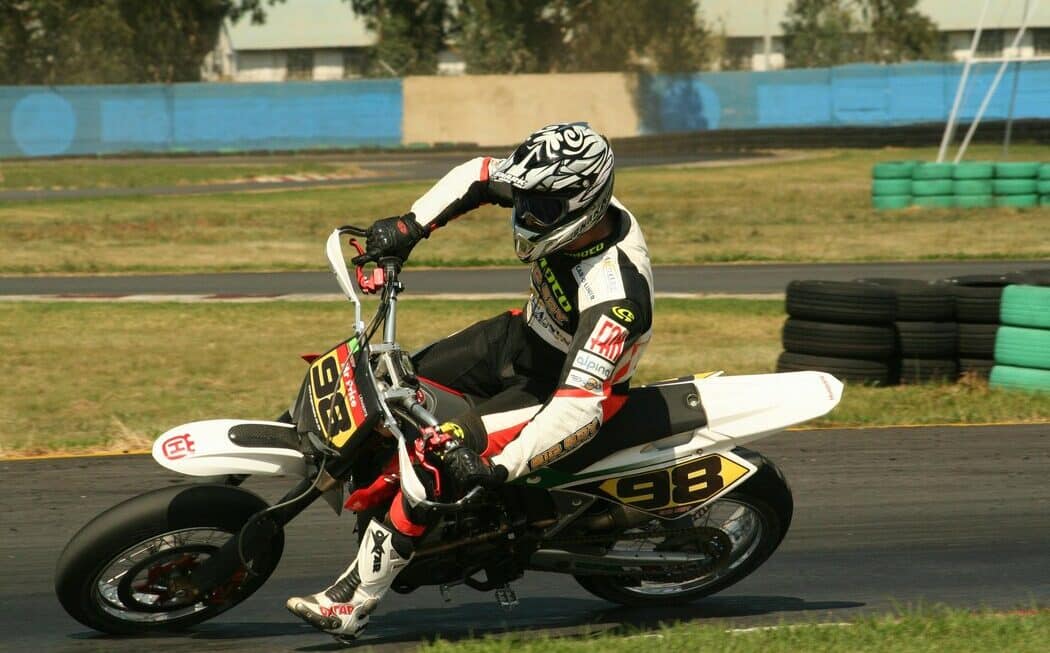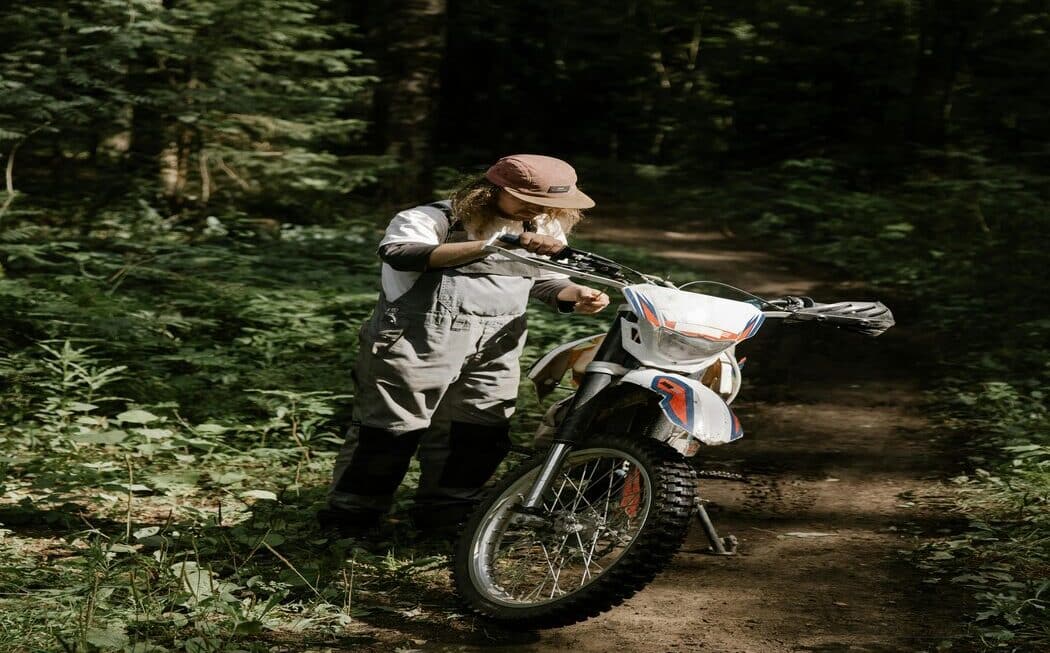For dirt bike enthusiasts, the crisp air and rugged terrains represent the essence of freedom and excitement. However, navigating those thrill-packed landscapes requires more than just throttling away; mastering the art of clutch control is vital for any rider’s skillset.
This comprehensive guide is designed to take you from the basics to advanced clutch maneuvers, ensuring you’re not only safe and responsible but also enjoying the full potential of your dirt bike adventures.
Understanding the Clutch
The clutch on a dirt bike plays a crucial role in controlling power delivery to the rear wheel. Essentially, it’s what separates the engine’s power from the transmission, allowing you to shift gears smoothly and come to a stop without stalling the engine. In essence, your clutch hand is as important as your throttle hand.
System Explained
When you pull the clutch lever, you’re disengaging the engine from the rear wheel, giving you a brief window to change gears or modulate speed. Release it, and you’re connecting the engine’s power back to the bike.
Why It’s So Important
The clutch grants you precision in power application, something that’s fundamental in the often challenging conditions of dirt biking. It’s the difference between scaling a steep hill with control or rooster-tailing back to the bottom. Understanding how to use it effectively will enhance your overall riding experience.
The Importance of Throttle Control
Throttle control is yet another pivotal element in fine-tuning your dirt biking skills—it’s the yin to your clutch’s yang. The throttle dictates your dirt bike’s power output and is instrumental in managing the bike’s response to the terrain. Mastery of throttle control allows for precise speed adjustments, ensuring that power is delivered smoothly and consistently. This prevents you from over-accelerating in low traction environments or bogging down the engine when traction is ample.
Effective throttle management works alongside clutch control and advanced braking techniques to create a harmonious riding style, adept at navigating the variable conditions of off-road terrain. It’s not only about the thrust of acceleration; it’s about the art of knowing when to apply, hold, or ease off the throttle for optimal performance. So, don’t neglect this critical skill in your pursuit of becoming a well-rounded dirt bike rider. Practice regularly, and you’ll soon find your groove with throttle control.
Basic Techniques
Before you can ride the clutch like a pro, you must first understand the fundamental techniques.
Proper Positioning
Your riding position is critical; you need to maintain balance, control, and be prepared for quick changes. Body slightly forward, elbows bent, and knees gripping the bike are key.
Starting and Stopping
Practice controlling the clutch so that you can start without lurching forward and stop without stalling. This involves finding the engagement point, where the bike starts moving forward but before the engine fully connects the rear wheel.
Shifting Gear
From first gear, once you’ve reached a comfortable cruising speed, squeeze the clutch, shift as required, release it smoothly all while keeping throttle control. This needs to be automatic, so practice on a clear, open space.
Advanced Riding Techniques
Once you’re comfortable with the basics, it’s time to take your clutch skills to the next level.
Clutch Modulation
Control the power delivery with fine adjustments to the clutch. Modulating the clutch can give you that extra burst over an obstacle or help you crawl through a tricky patch without spinning out.
Cornering with Class
Use clutch control to smoothly transition through turns. This involves feathering the clutch in tandem with your throttle as you lean into the corner for controlled acceleration.
Handling Obstacles
Approach obstacles with enough speed, then use your clutch to ease over or through them. Your confidence will grow once you appreciate how the clutch can make tricky sections significantly more manageable.
Advanced Braking Techniques
Braking is an equally essential aspect of dirt biking that works hand-in-hand with clutch control. Mastering advanced braking techniques can help you maintain momentum, conserve energy, and reduce lap times all while staying safer on the bike.
Dynamic Weight Distribution
When braking, shifting your weight is crucial for maintaining bike stability and optimizing brake effectiveness. Move slightly back on the bike when applying the rear brake and forward when using the front brake. This balances the bike under braking forces, helping to prevent skids and wheel lock-ups.
Threshold Braking
This technique involves applying the front brake with enough pressure to slow down rapidly but not so much that the front wheel locks up. It’s about finding that ‘threshold’ to maximize stopping power without sacrificing control.
Brake Feathering
Feather your brakes to maintain speed through corners without coming to a complete stop. This requires a delicate balance between the brake and throttle, as well as precise timing to avoid losing traction.
Rear Brake Steering
Learn to use the rear brake to steer the bike, particularly useful in sharp turns or to correct your line. Tapping the rear brake can pivot the bike around a turn, a tactic often used to maintain speed and control.
Downhill Braking
Braking on declines introduces additional challenges due to the transfer of weight to the front wheel. Use a controlled combination of both brakes, with an emphasis on the rear to prevent the front from digging in and locking up which could lead to an endo.
Emergency Braking
In unavoidable situations where you need to stop immediately, practice slamming the brakes while maintaining enough control to keep the bike upright and yourself safely on it. This might involve an urgent application of both brakes but modulating immediately to prevent an accident.
Incorporating these advanced braking techniques into your riding repertoire will not only improve your control over the bike but can significantly enhance your performance on the track or trail. Just like clutch control, braking is an intricate dance of timing, pressure, and practice. Combine these braking skills with your clutch mastery, and you’ll be ready to tackle any terrain with confidence.
Troubleshooting Common Issues
Becoming adept with the clutch also means learning how to navigate stumbling blocks.
Stalling the Bike
It happens to everyone. Usually, it’s either too much throttle and not enough clutch or vice versa. Try and find the ‘sweet spot’ of engagement to avoid stalling on starts or stops.
Jerky Starts
If your take-offs are uncomfortable, you’re probably releasing the clutch too quickly. Gradually ease it out for smoother acceleration.
Slipping the Clutch
This is premature wear on the clutch from riding with it partially engaged. If you find this is a habit, practice reaching full clutch engagement and proper throttle balance.
Safety Tips and Best Practices
Safety is paramount in any sport, none more so than in dirt biking where the risks are as high as the rewards.
Protective Gear
It’s non-negotiable. Wear a helmet, gloves, boots, and appropriate clothing. Look after your body, and it will look after your clutch riding for years to come.
Regular Maintenance
Your clutch is a wearable item. Keep an eye on its condition and replace it when necessary. The same goes for the oil used in its operation; keep it fresh and clean for the best operation.
Conclusion
Learning to master the clutch on your dirt bike is an essential part of becoming a proficient rider. It’s not just about finding the sweet spot between full engagement and release; it’s also about understanding the nuances of clutch control and its interaction with other riding techniques.
Regular maintenance, proper body positioning, advanced braking techniques, and throttle control are all vital elements that work in tandem to enhance your dirt biking skills. With practice, patience, and a willingness to learn and improve, you’ll be well on your way to becoming an expert rider. So get out there and put these tips into practice, and remember to always prioritize safety while pushing yourself to new limits. Happy riding!




One thought on “Mastering the Art of Riding a Clutch Dirt Bike”